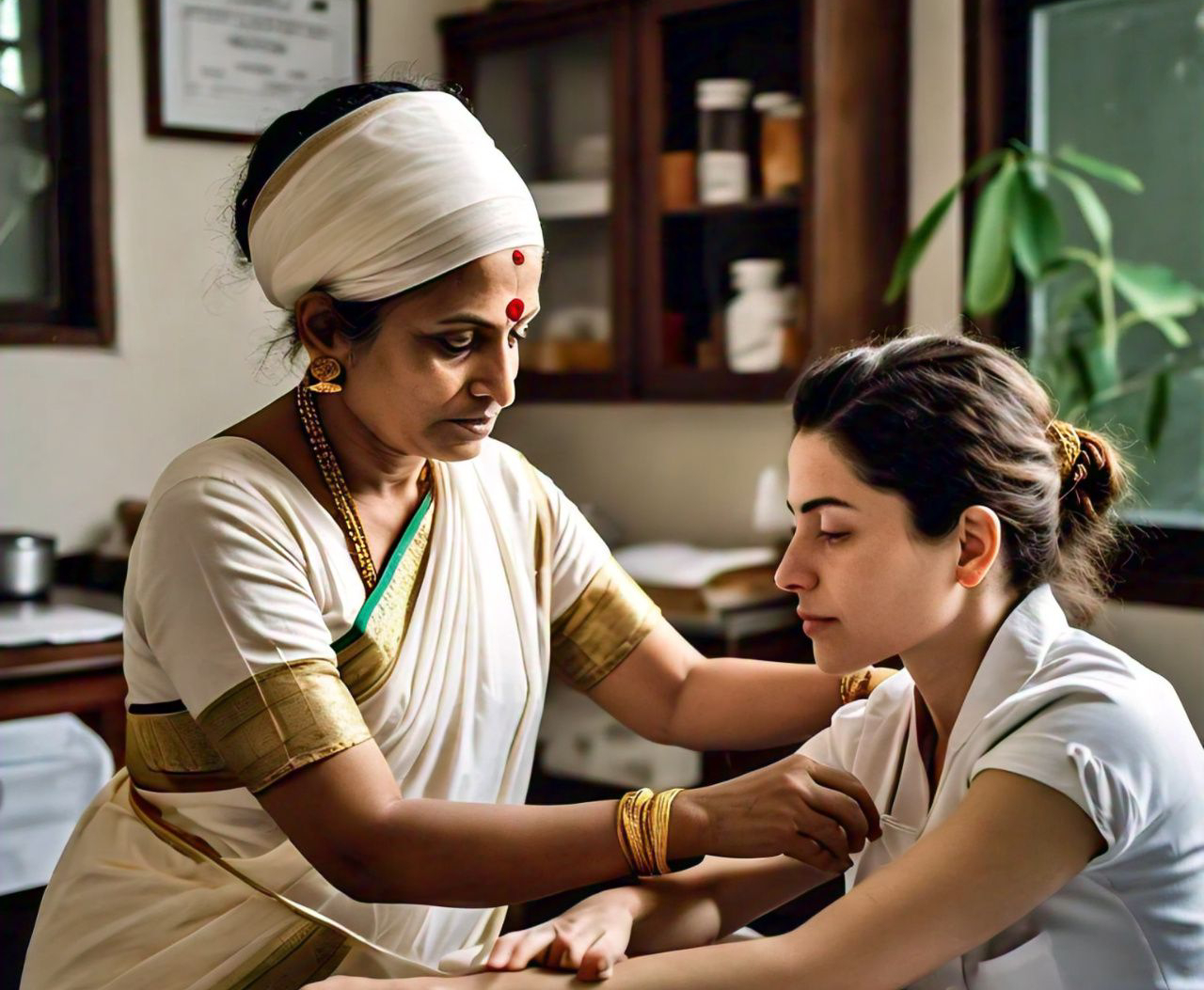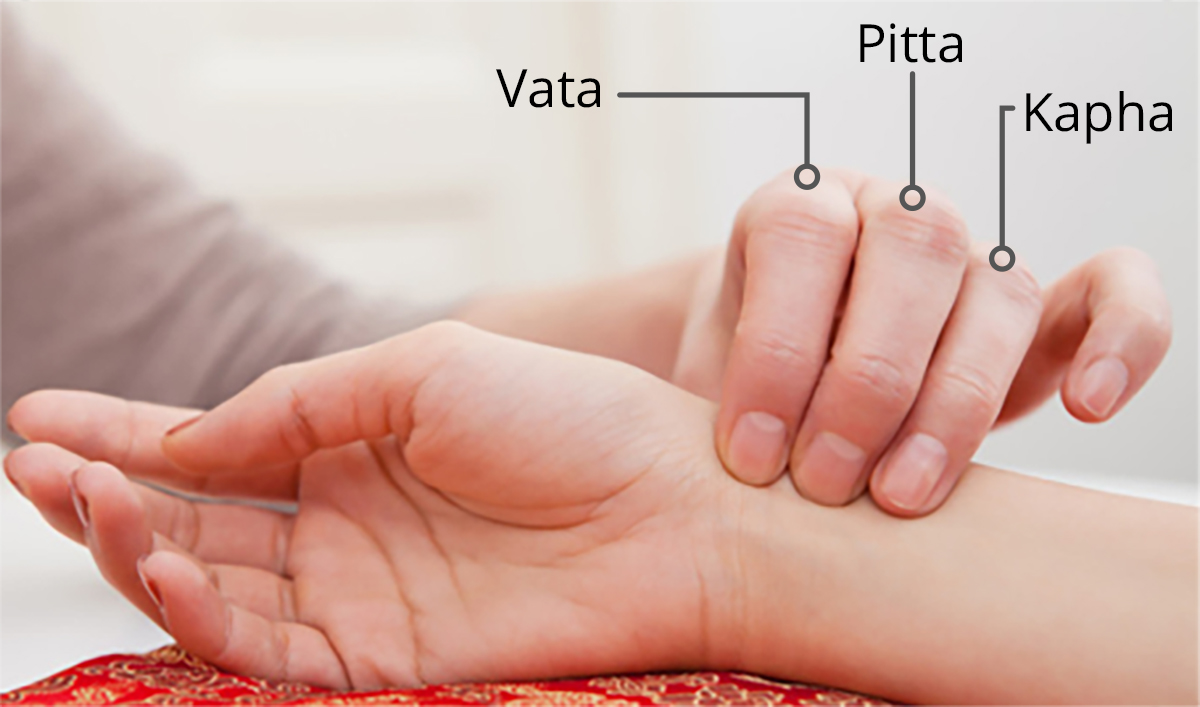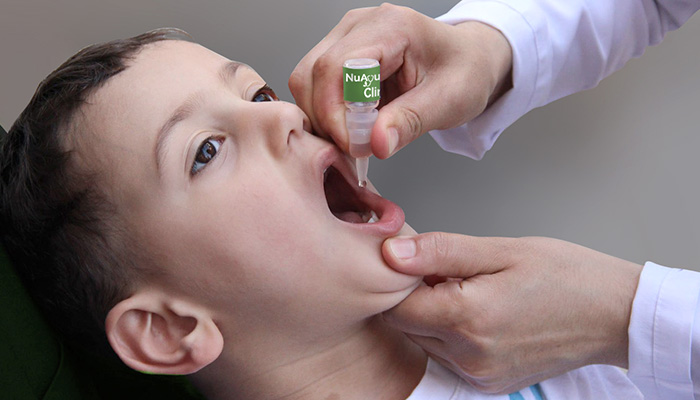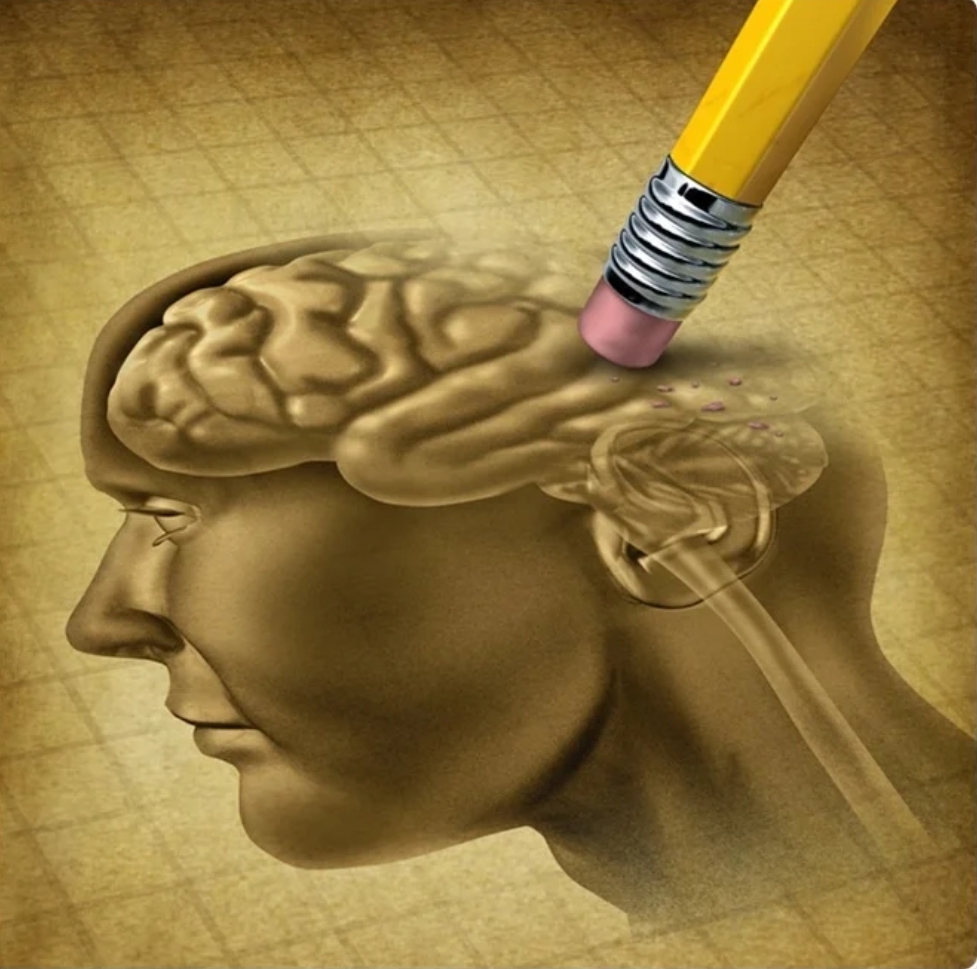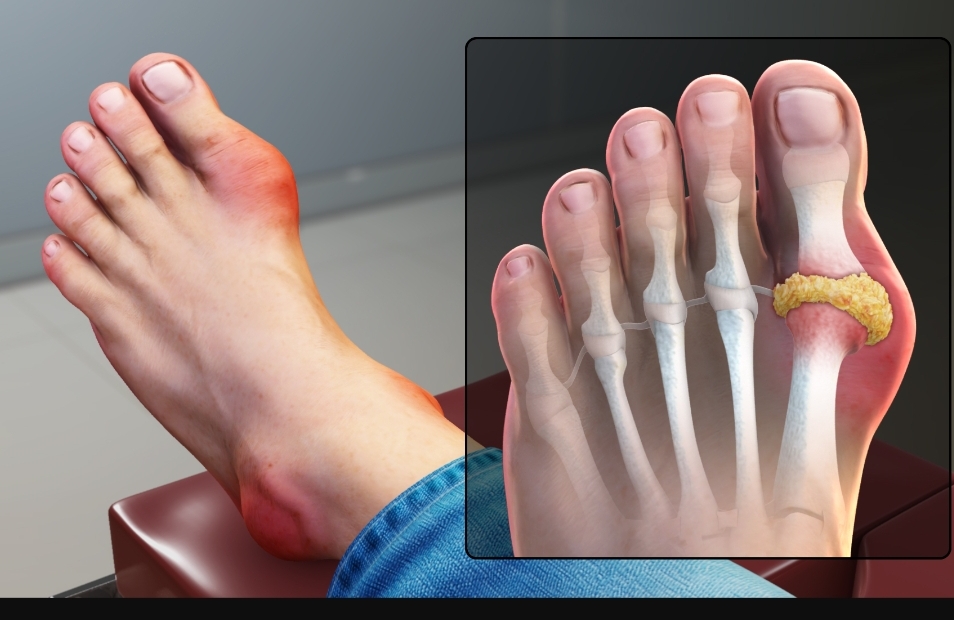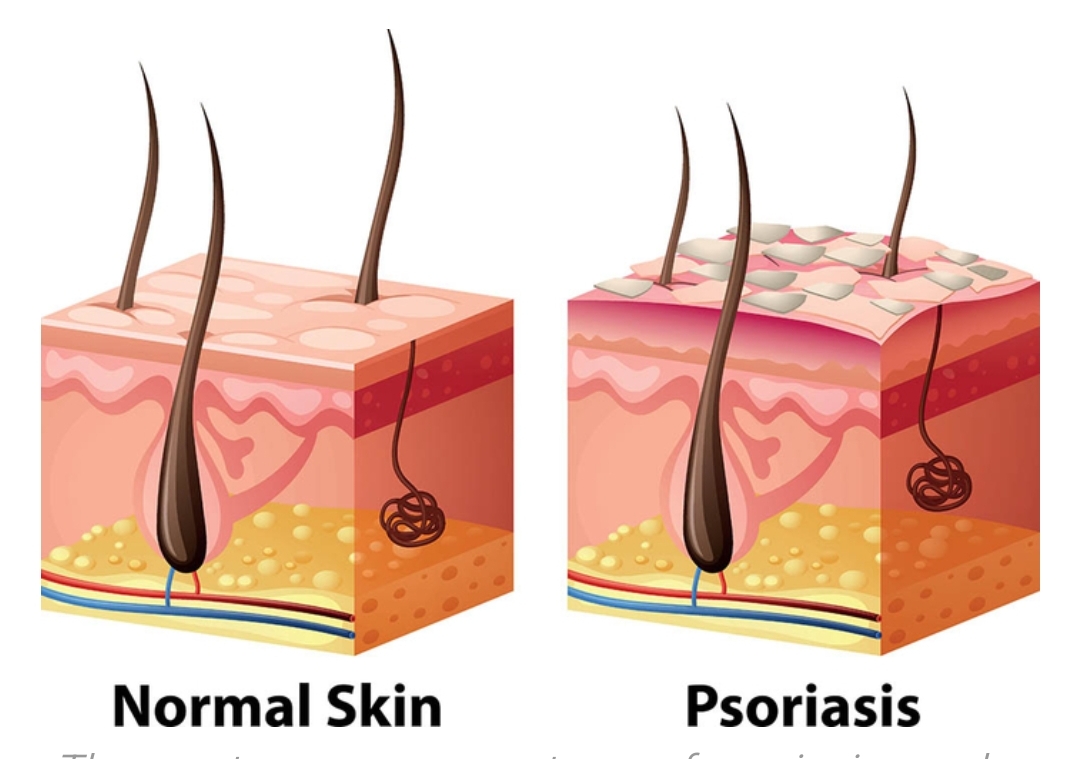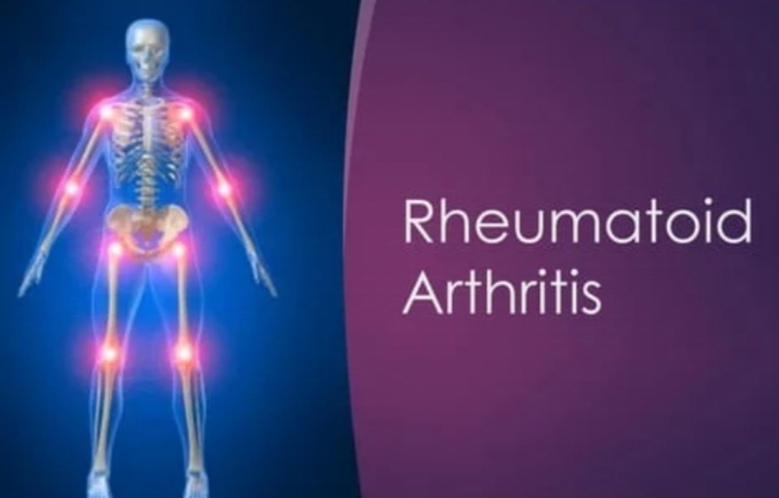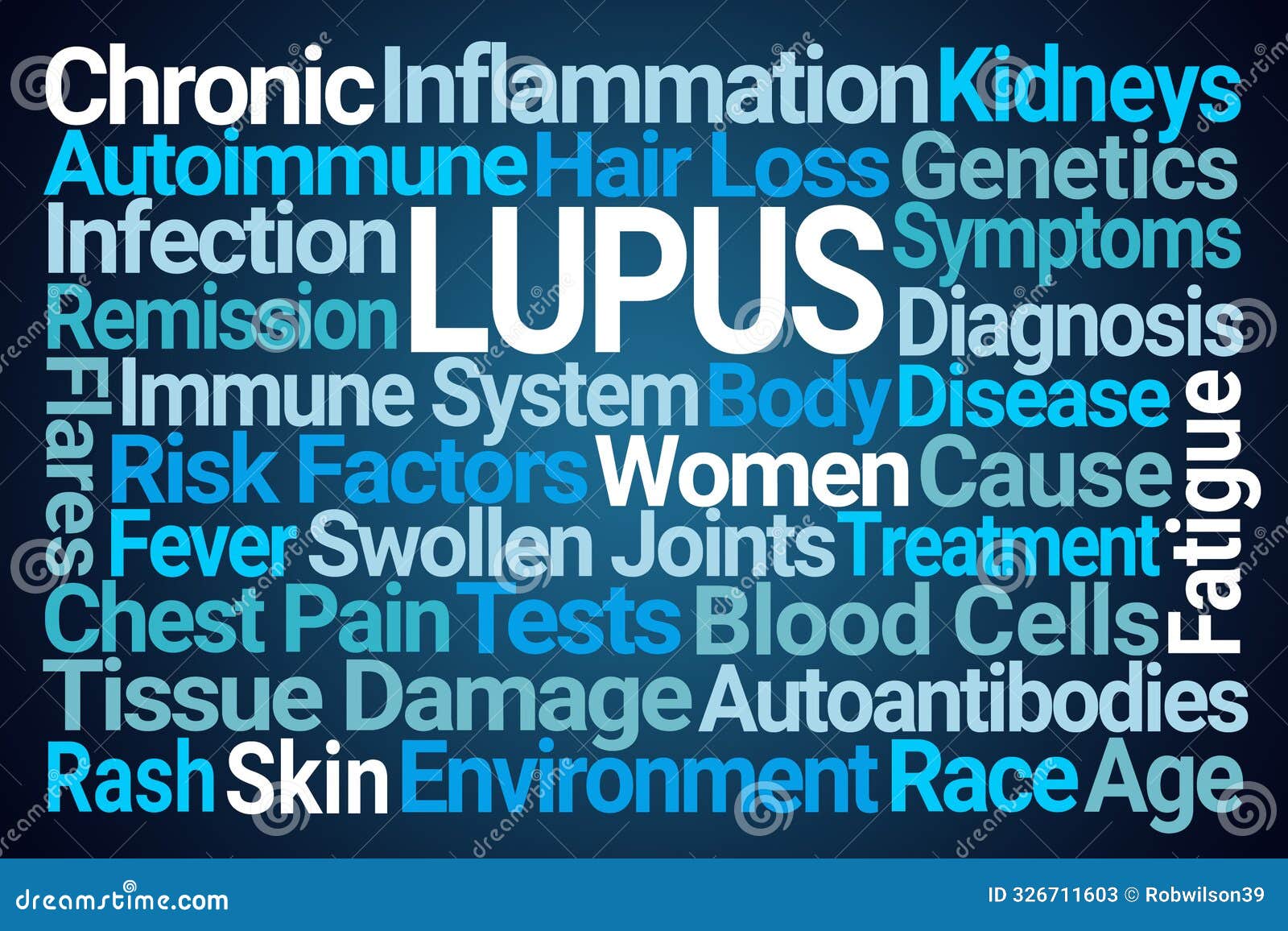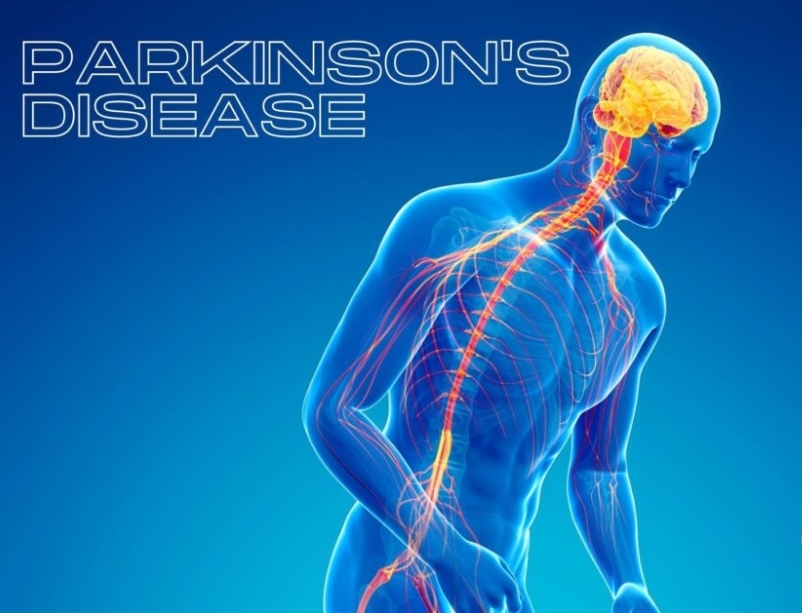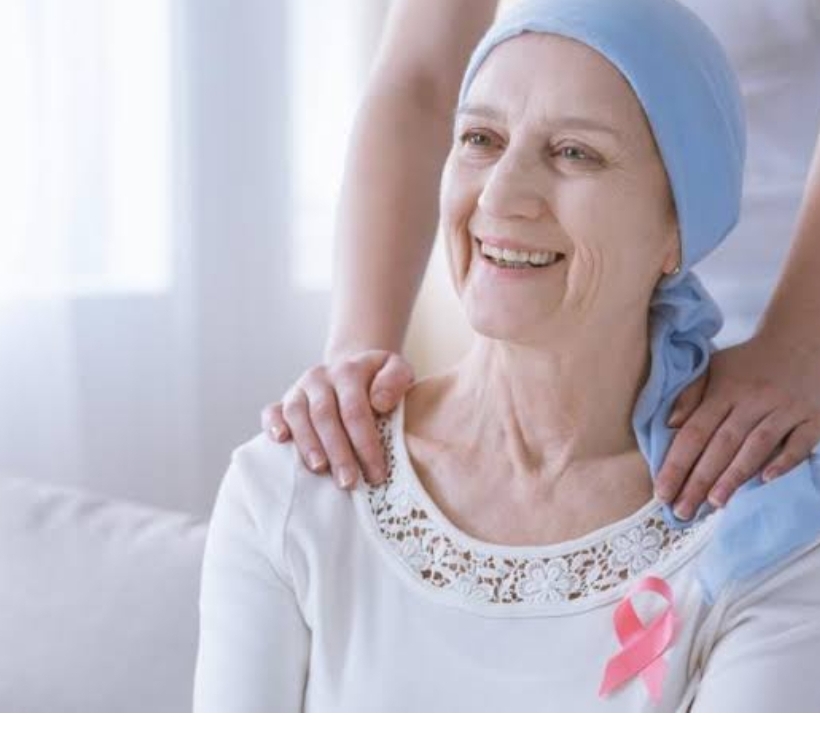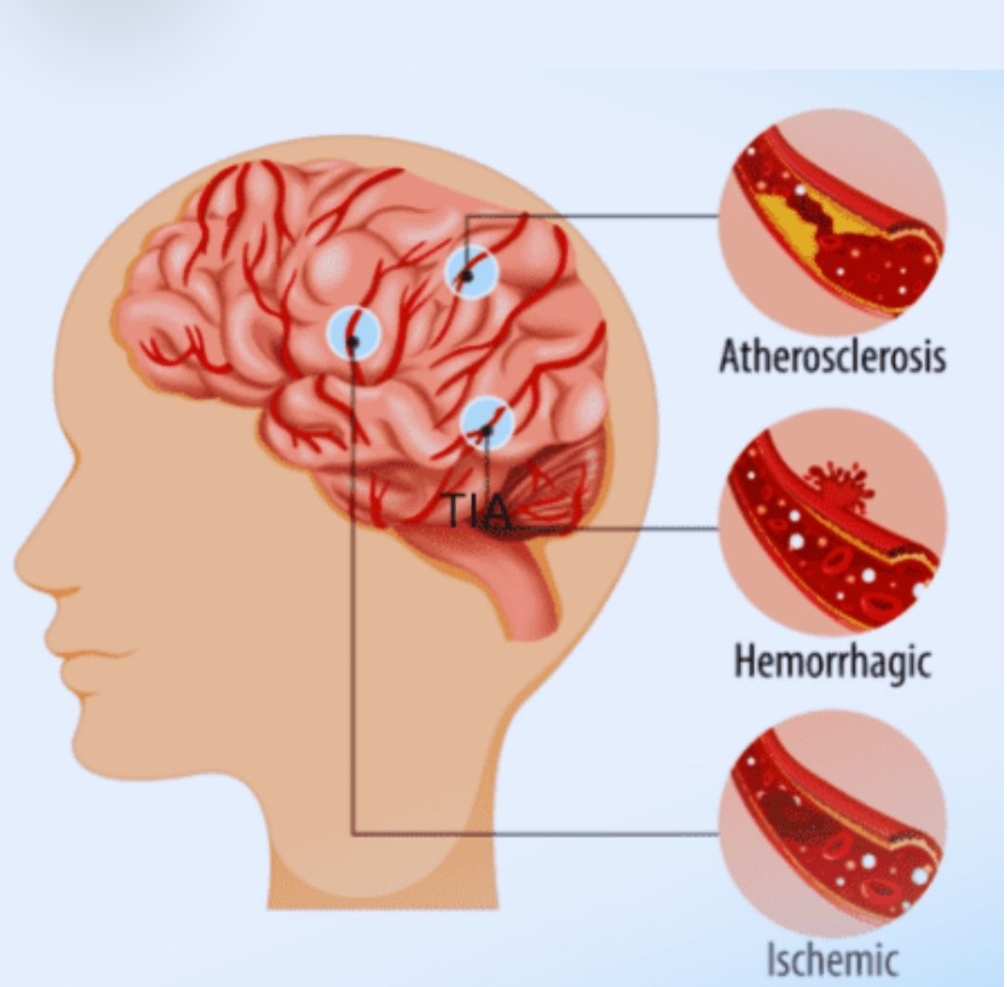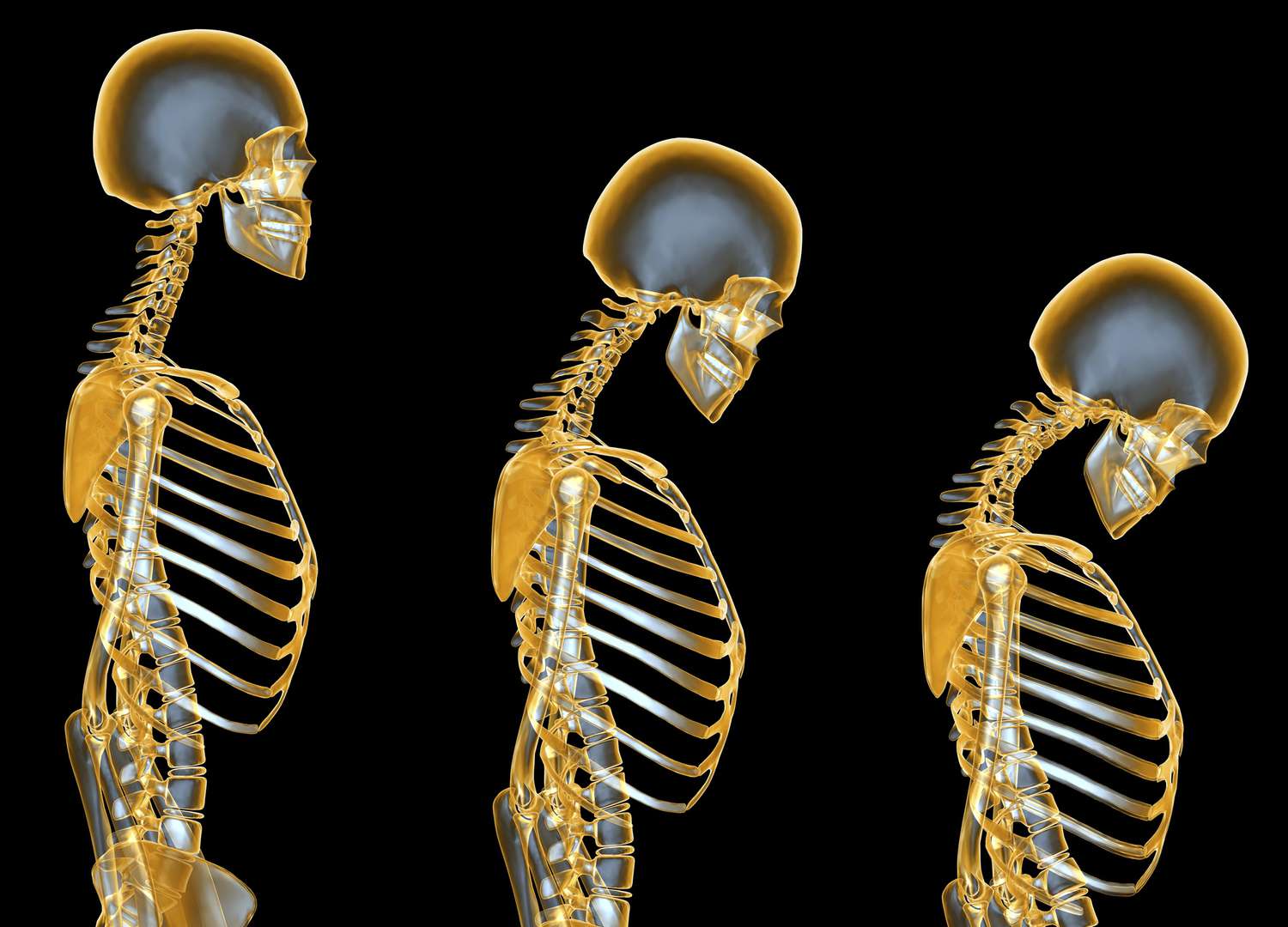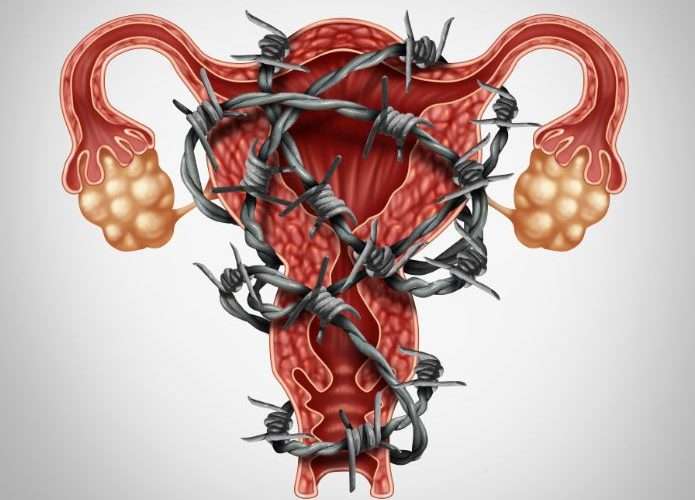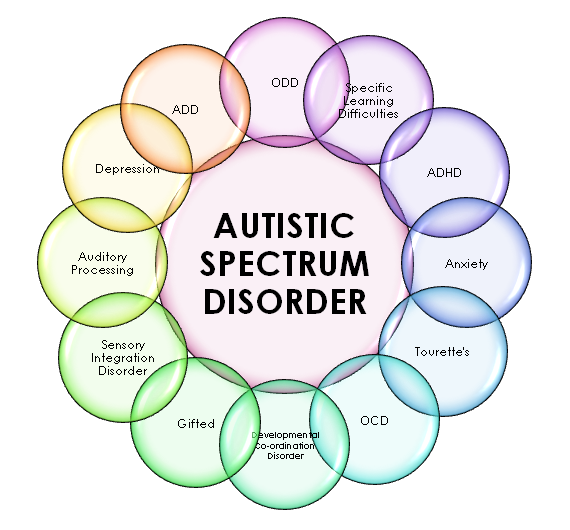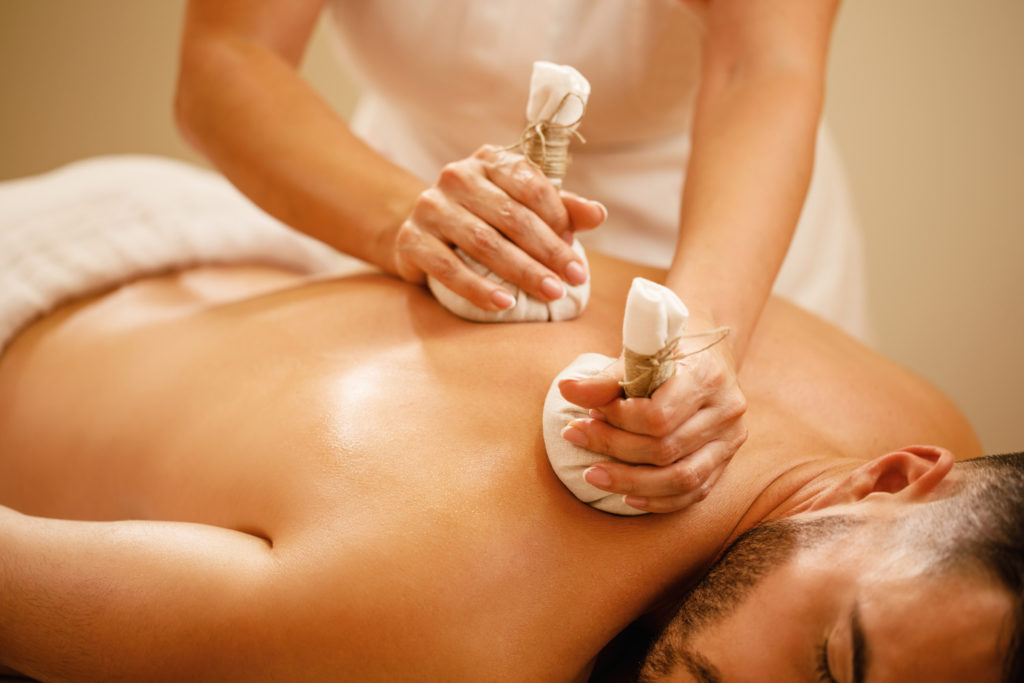
Back Pain
Back pain (also known as lower back pain) is pain felt in the lower back caused by muscles, nerves, bones, joints, or other structures in the spine. It’s a fairly common complaint. Most people will suffer from low back pain at some point in their lives. Back pain is one of the most common reasons people seek medical attention or miss work.
Both men and women are affected equally. It is most common between 30 and 50 and is caused as a part of the aging process. It can also occur by sedentary lifestyles with too little or sometimes by too much exercise. With age, the likelihood of experiencing low back pain due to disc disease or spinal degeneration increases.
Back pain can be acute or chronic; it can be constant or intermittent; it can be localized or radiate to other areas. It could be a dull ache or could be a sharp, piercing or burning sensation. Pain may radiate into the legs or feet and other symptoms may accompany it. Tingling, weakness or numbness to the area are examples of these symptoms.
What are the symptoms of back pain?
- Muscle pain
- Shooting nature of pain
- Back pain that radiates down your leg
- Limited lower back flexibility or range of motion
- Being unable to stand up straight for a long duration
What are the causes of back pain?
Back pain often occurs in the absence of a specific cause that your doctor can identify with a test or imaging study. Back pain is frequently associated with the following conditions –
- Muscle or ligament strain – Back muscles and spinal ligaments can be strained by repeated heavy lifting or a sudden jerky movement. Constant strain on your back may cause painful muscle spasms if you have weak back muscles.
- Disks that have bulged or ruptured – Disks act as cushions between the individual bones (vertebrae) in your spine. The soft material inside a disc can sometimes bulge out of place or rupture, putting pressure on a nerve. Disk disease is frequently discovered by chance; many people who do not have back pain turn out to have bulging or ruptured discs when they have spine X-rays for another reason.
- Spinal degeneration – Degeneration caused by disc wear and tear can narrow the spinal canal. As a result, a person with spinal degeneration may experience back stiffness upon awakening or pain after walking or standing for an extended period.
- Arthritis: Osteoarthritis can cause lower back pain. In some cases, spinal arthritis can cause a narrowing of the space around the spinal cord, a condition known as spinal stenosis.
- Skeletal irregularities: If your spine curves abnormally, you may experience back pain. Scoliosis is a condition in which your spine curves to the side and can also cause back pain, but only if the scoliosis is severe.
- Osteoporosis – If your bones become porous and brittle, compression fractures of your spine’s vertebrae can occur.
- Spondylitis – A severe infection or inflammation of the spinal joints causes chronic back pain and stiffness. Osteomyelitis (infection of the spine’s bones) and sacroiliitis are other painful lower back inflammations (inflammation in the sacroiliac joints).
Ayurveda view of back pain
Back pain is referred to as ‘Kati shoola’ in Ayurveda. Kati means ‘low back’ (hip), and shoola means’ pain.’ Other names or conditions mentioned in the classics include Kati vata, Prishta shoola, Kati graha, Trika shoola, and Trika graha. Vata is the predominant dosha that causes these conditions, and back pain is classified under Vataja nantmaja vyadhis.
Vata-related diseases abound, and their manifestations can be found throughout the body. However, even though a wide range of symptoms points to Vata imbalance, the cardinal sign of Vata vitiation is ‘pain,’ also known as Shoola in Ayurveda. Back pain Ayurveda treatment at Sitaram Beach Retreat will be planned based on the presentation of the dosha predominance and underlying cause. Possible treatments include Panchakarma therapies for Shodhana, internal medicines, external applications, dietary and lifestyle advice.
Ayurveda Treatment for backpain
Kativasti –Kativasthi is an Ayurvedic lumbosacral rejuvenation therapy that involves hot oil or herbal decoctions. The procedure can achieve both local oleation and sudation at the deep tissue level. Doing the Ayurveda treatment pacifies Vata dosha, reduces pain and inflammation. It is best to lubricate the joints and nourish and strengthen the bones, connective tissues, ligaments, nerves, and lumbosacral region muscles. It is the best ayurvedic treatment for lower back pain.
Patra Pinda Sweda – Pinda Sweda is a type of swedana where the processed herbs are wrapped in a cloth and used for therapy. The treatment, also known as Ela Kizhi, is usually performed after a light oil massage or Abhyanga and relieves diseases affecting the bones, muscles and nerves.
Pizhichil – Pizhichil is an essential component of Panchakarma Ayurvedic treatment, which combines oil and heat therapy to improve blood circulation and eliminate Ama or toxins from your body. The medicated oil is poured on your body by squeezing the oil out of cloth and a rejuvenating massage is given afterwards.
Navarakizhi – Navarakizhi is a sweat-inducing Ayurvedic therapy that strengthens and rejuvenates the body’s muscles. Shashtika Shali Pinda Sweda is another name (Shashtika means sixty, Shali means rice, Pinda means poultice, Sweda means sweat). Shashtika Shali is a type of rice harvested in sixty days and is explicitly used for Ayurvedic treatments after being processed with milk and herbal decoctions.
Kati Pichu – Pichu ayurvedic treatment is classified as “external application of medicated oils,” also known as Bahya Snehana. Pichu means sponging or padding in Ayurveda, and the massage is done uniquely.
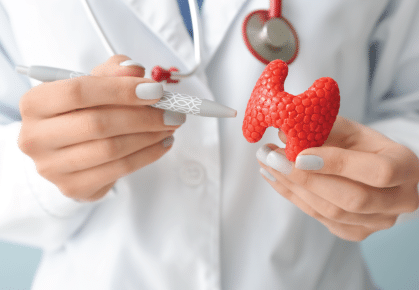
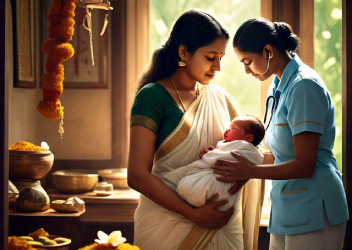

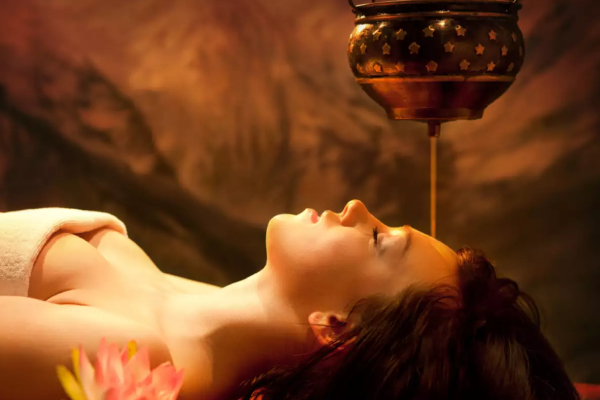
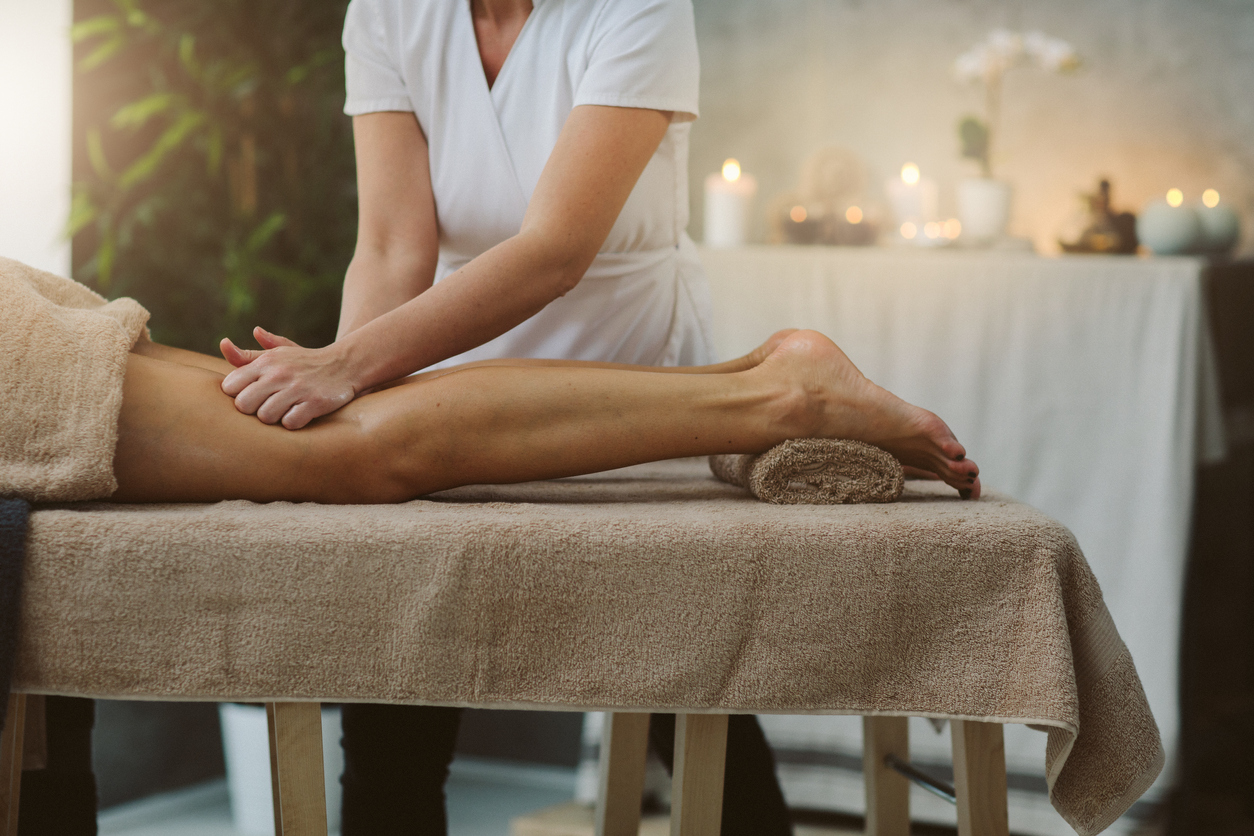


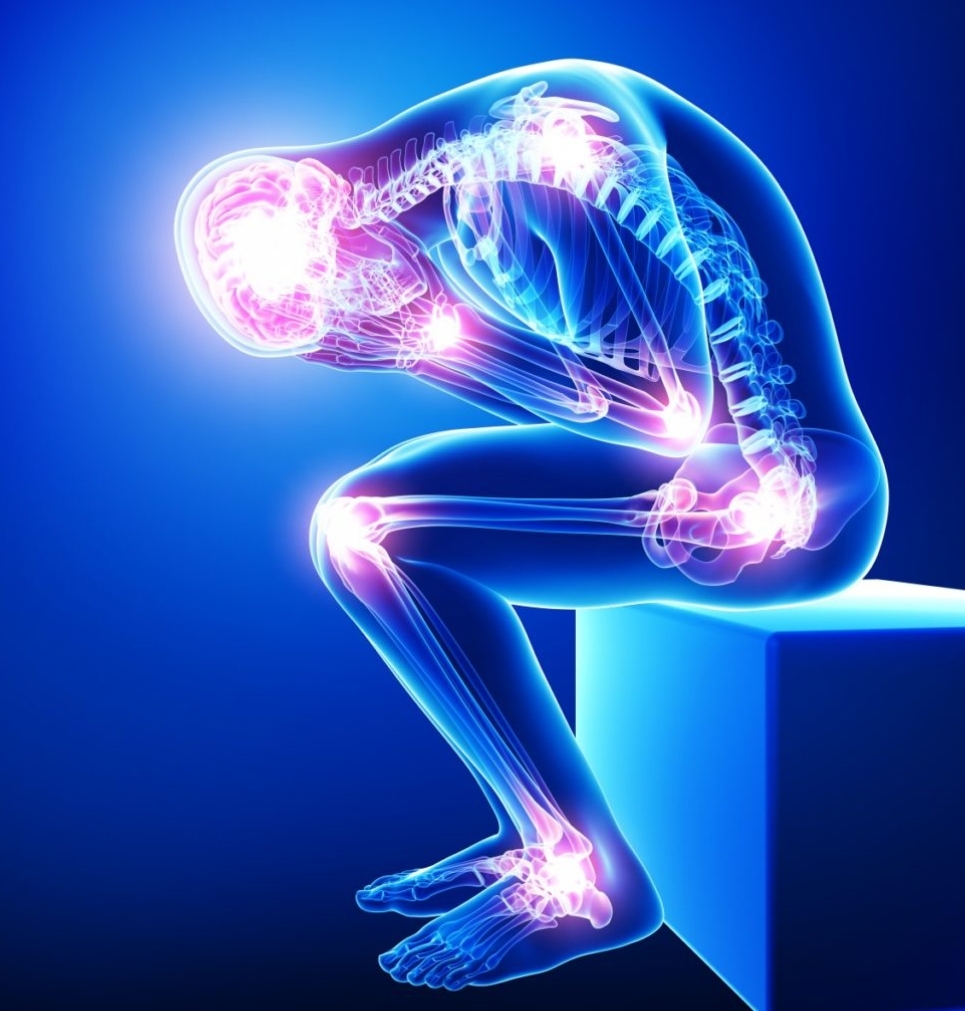
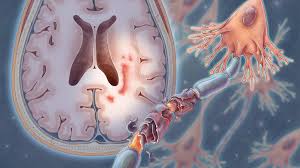
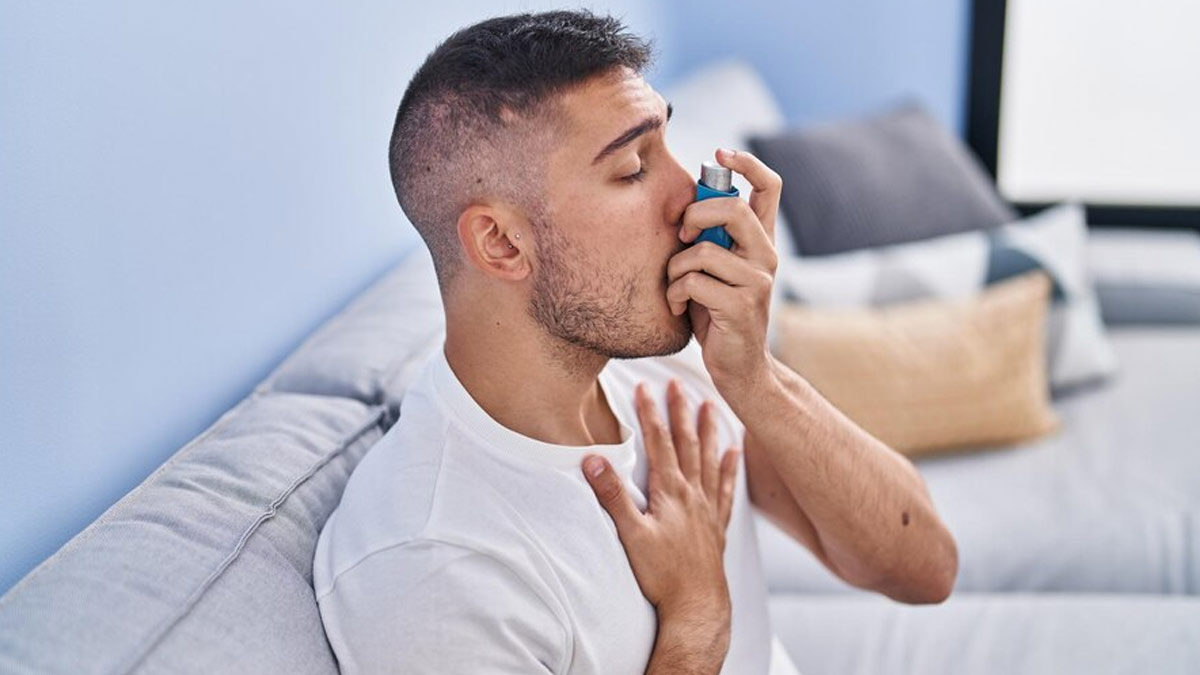
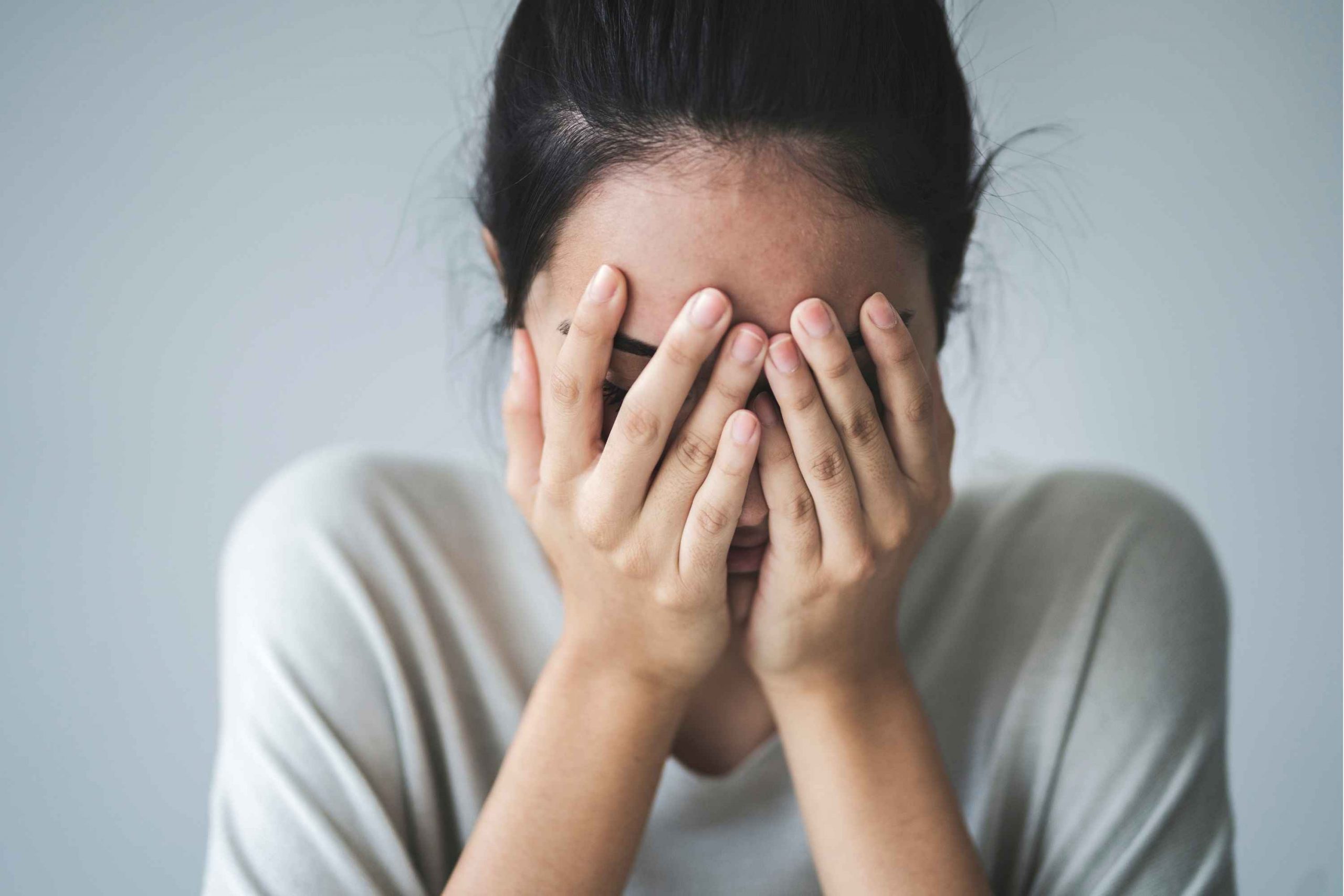
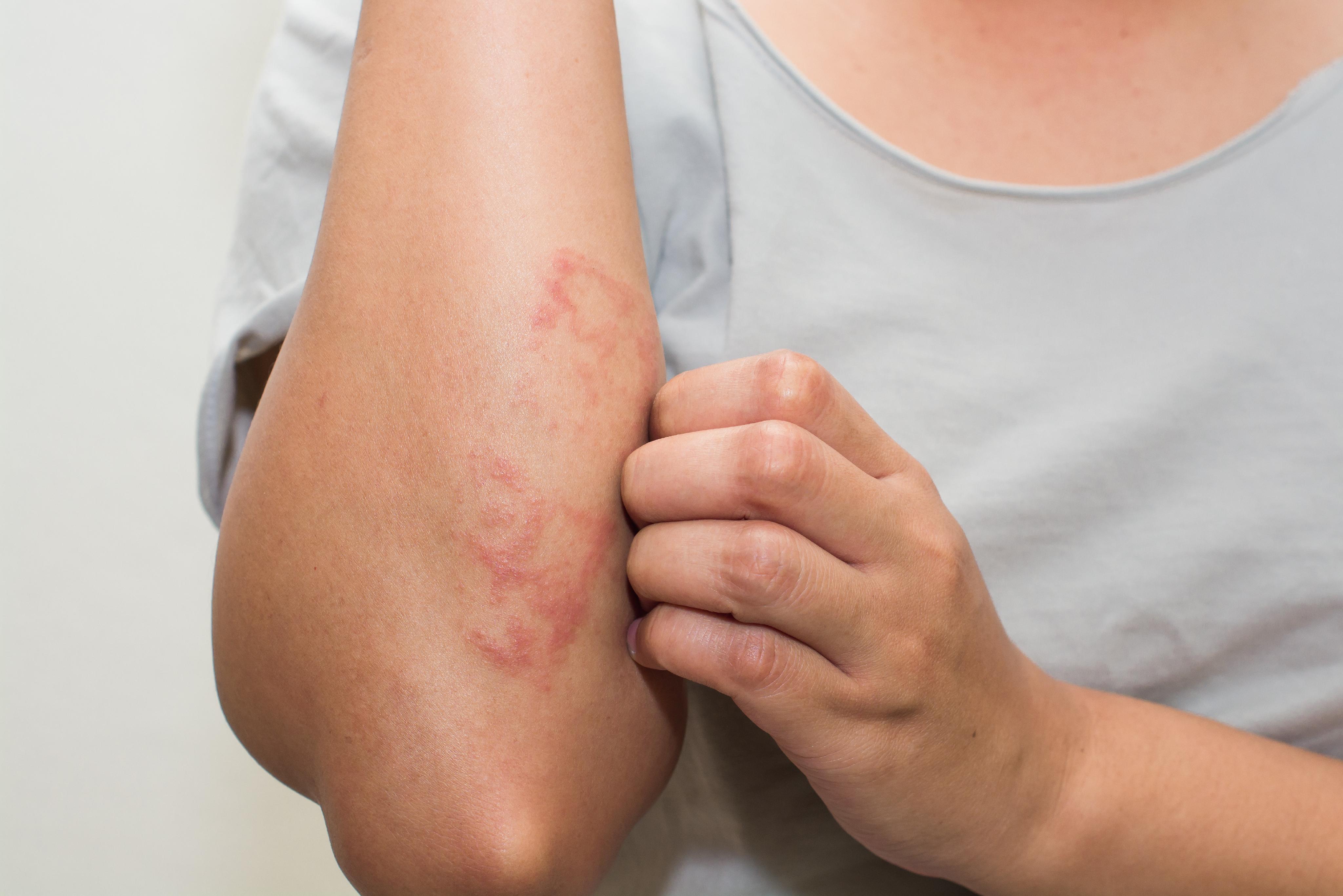
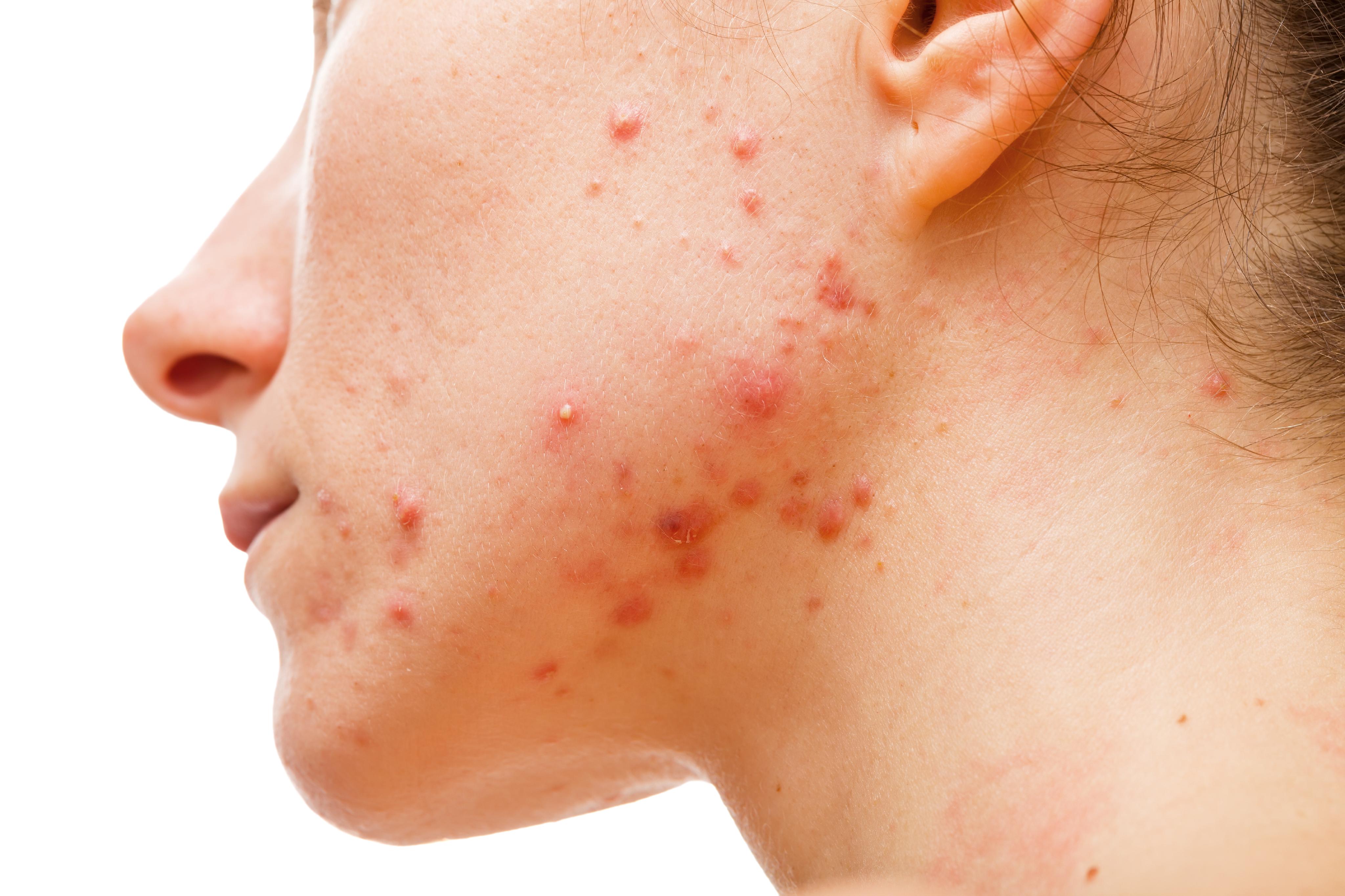
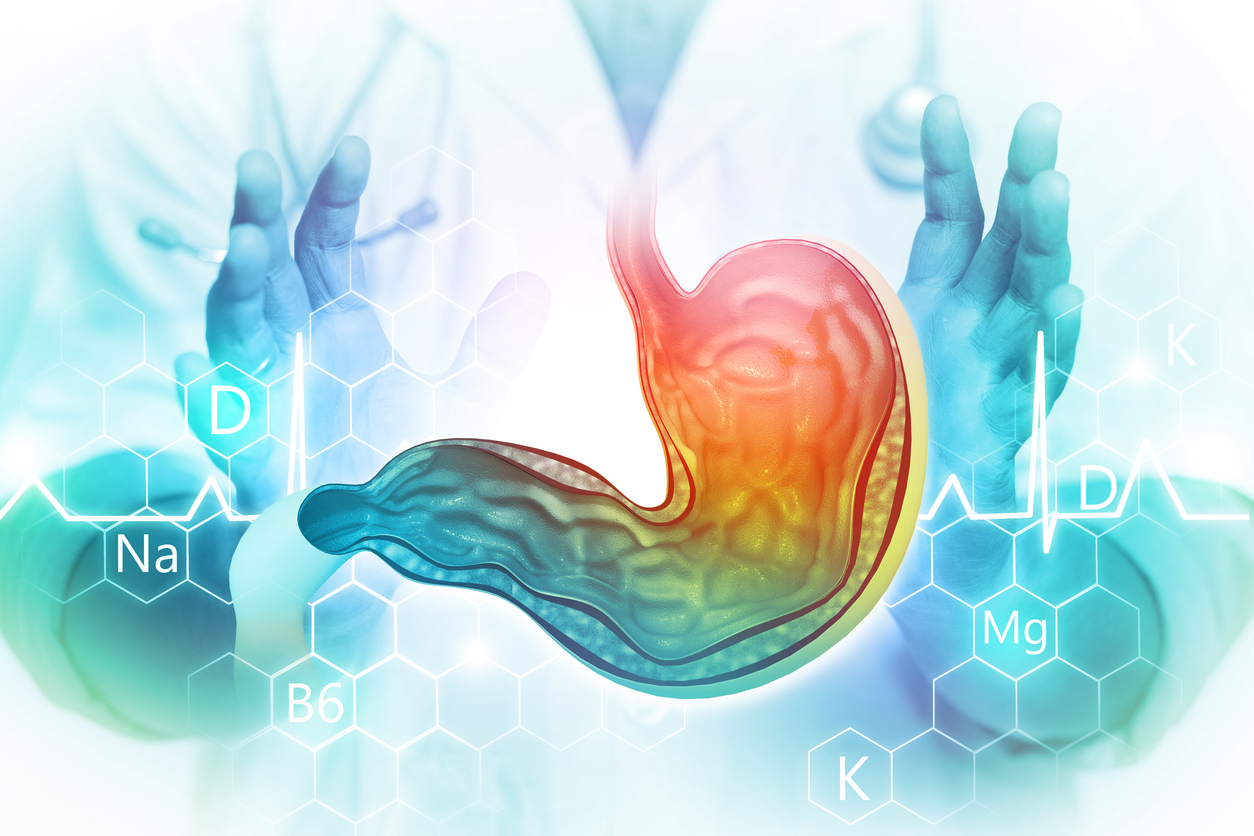
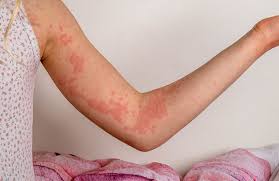
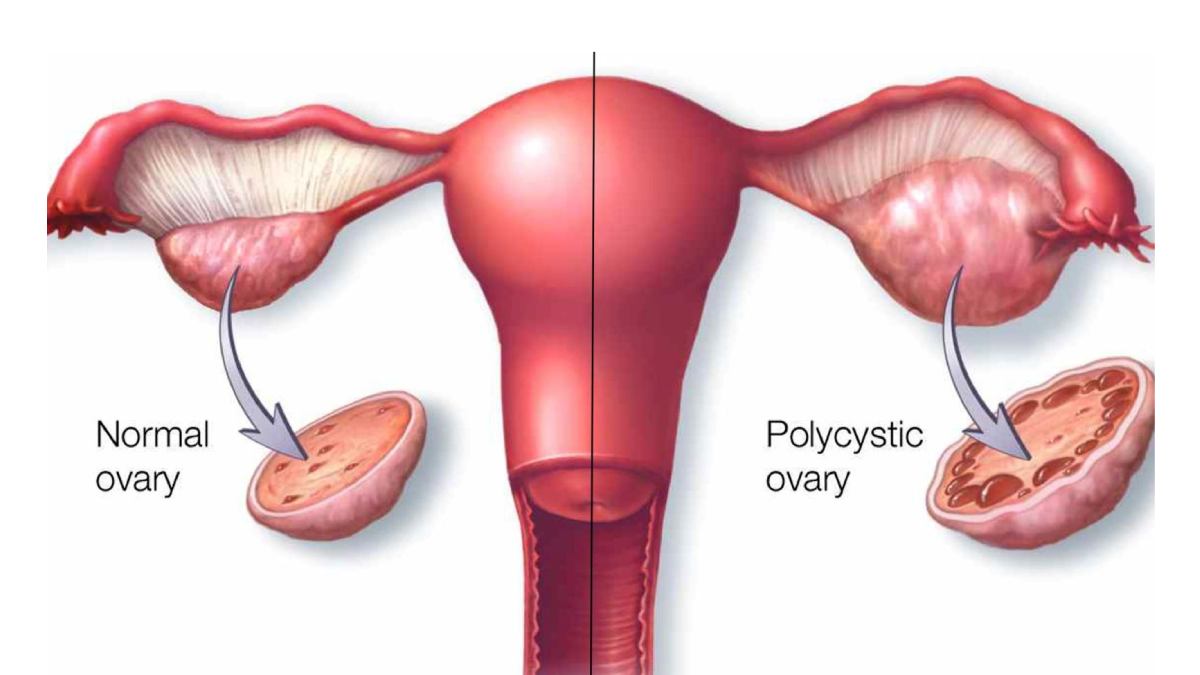
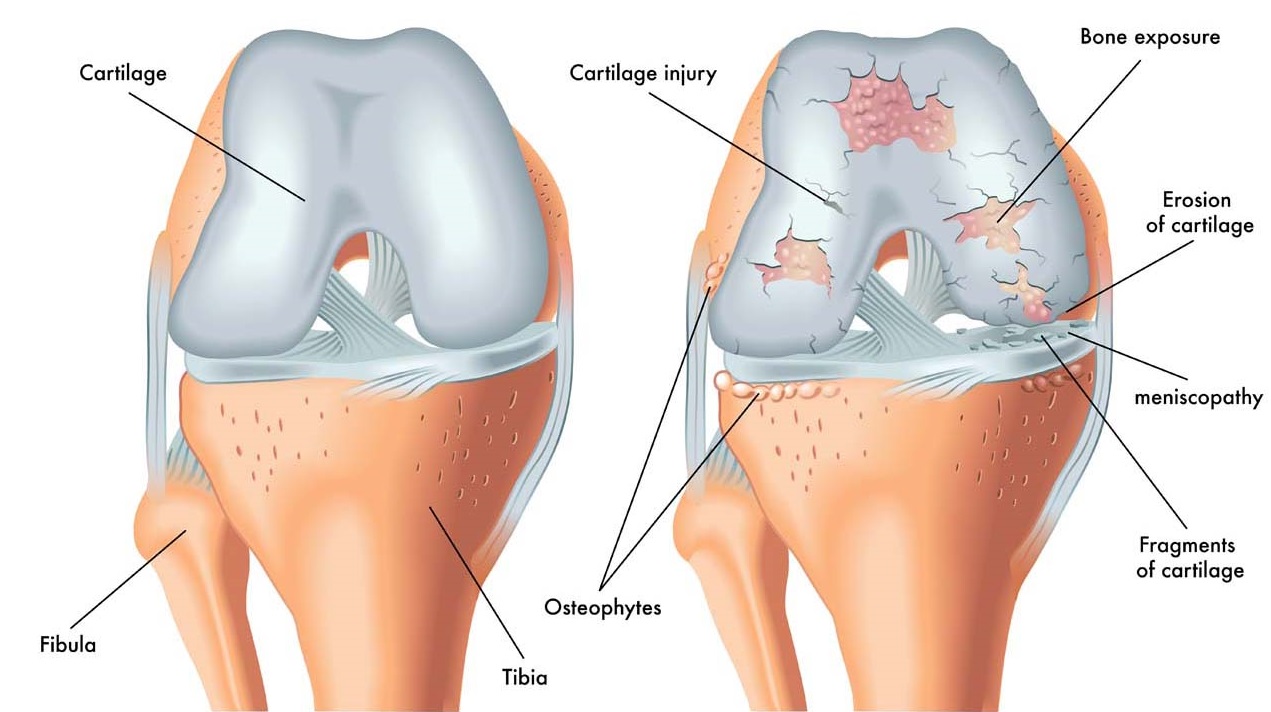
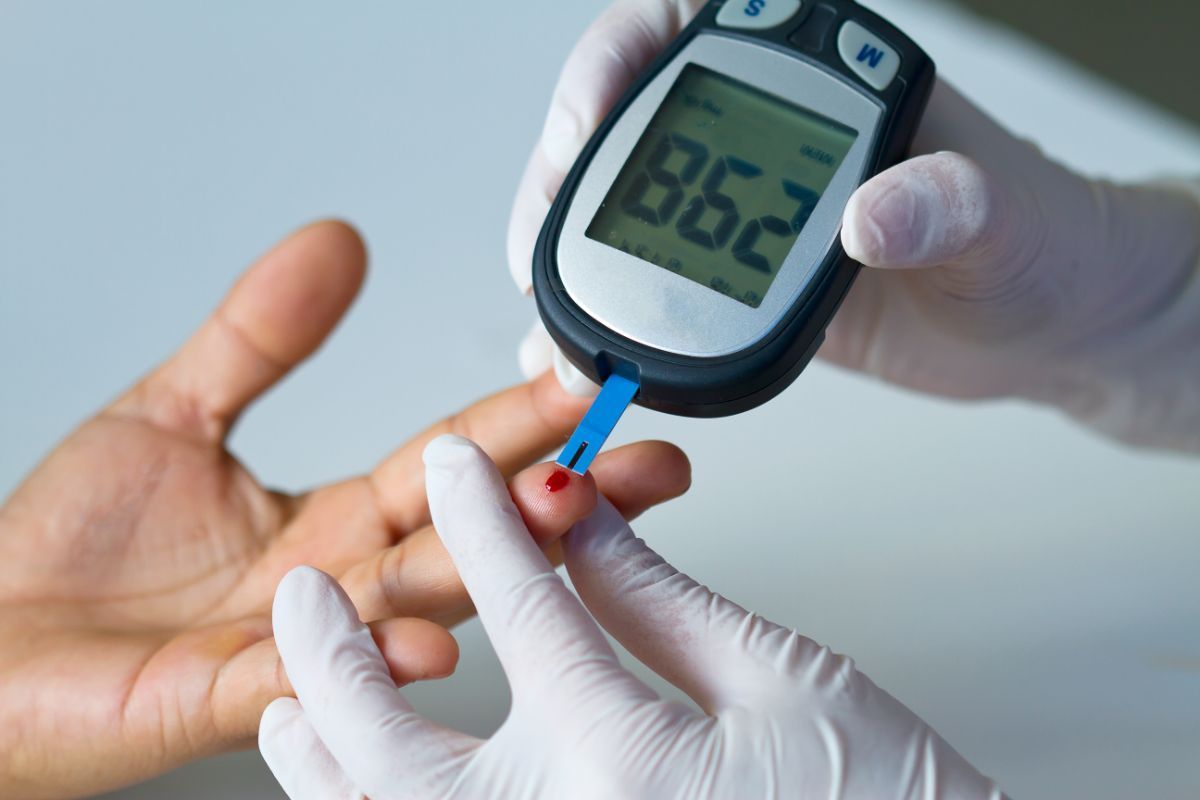
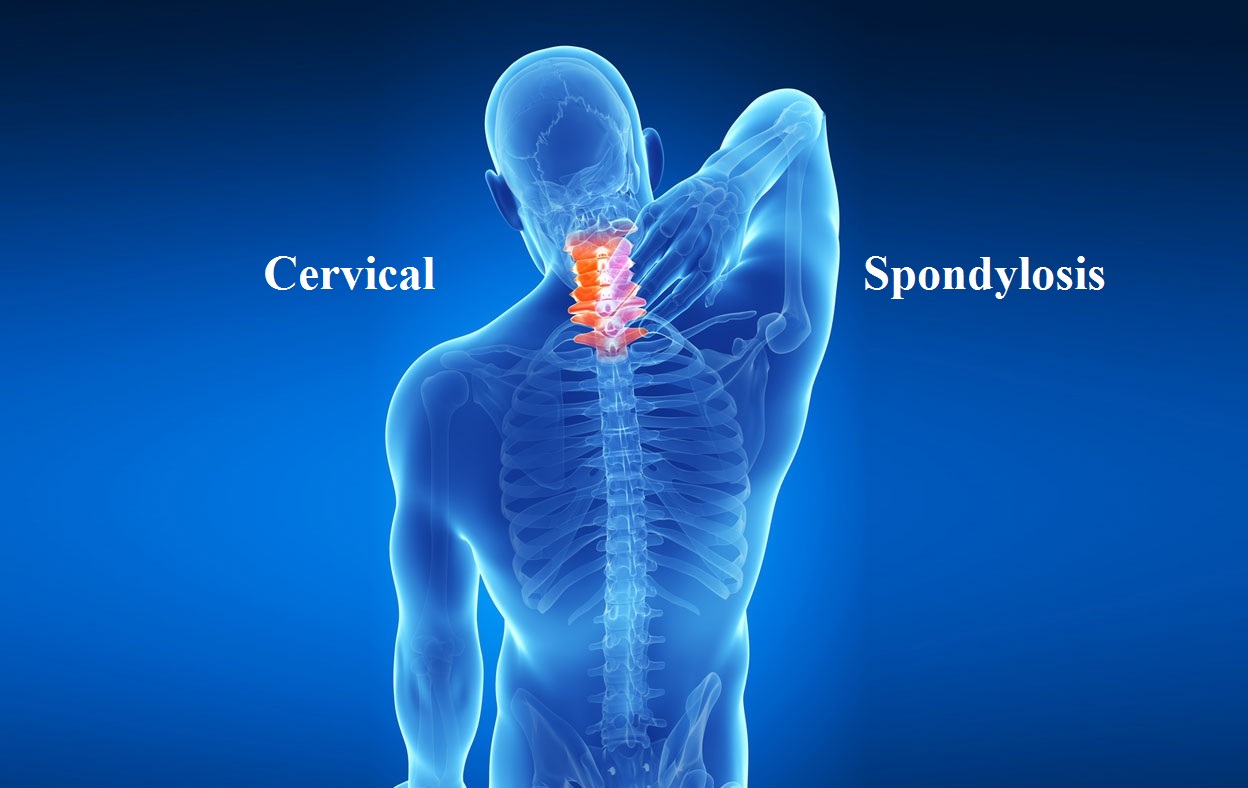
.jpg)
